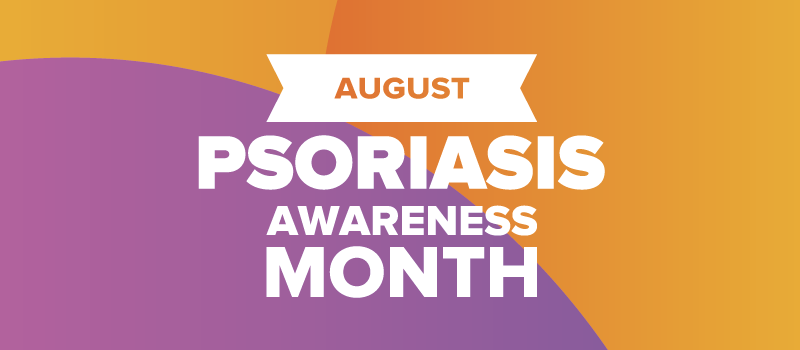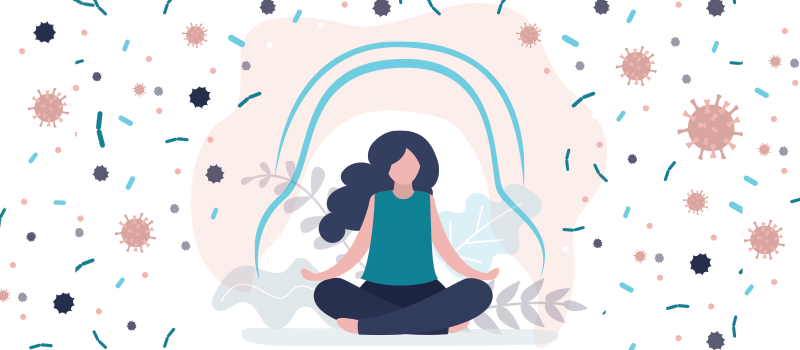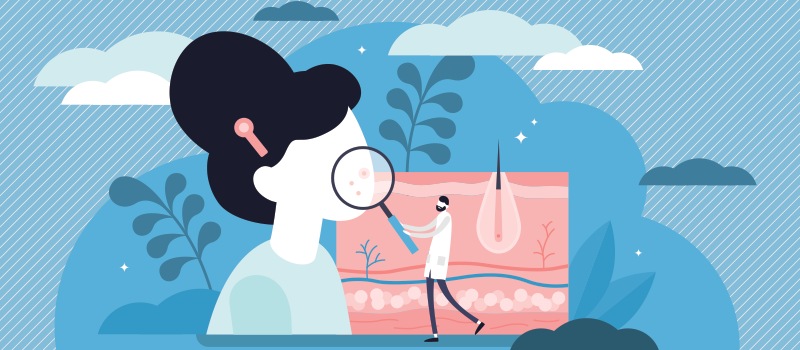Understanding Plantar Wart Treatment

Plantar warts are a common viral infection caused by the human papillomavirus (HPV) in the soles of the feet. Most plantar warts are not a serious health concern. They may even go away without treatment. However, it can take a year or two. There are several effective lifestyle and home remedies for treating plantar warts and getting rid of them sooner. Please continue reading to learn more. We will also talk about when you should see a doctor to treat plantar warts.
What causes plantar warts?
Plantar warts develop when the HPV virus (the wart-causing virus) enters the skin through cuts and abrasions in the skin of the feet. Certain people are at a higher risk of developing plantar warts or having more warts that are difficult to control. Risk factors include:
- Children and adolescents.
- Weak immune systems.
- Chronic skin conditions such as eczema.
- Diabetes (poor sensation in the feet).
- Those who have had plantar warts occur previously.
- Walking barefoot in public areas such as locker rooms and swimming pools where wart-causing viruses are prevalent.
What do plantar warts look like?
Plantar warts start out by looking like a small, rough, grainy patch on the sole of the foot. They are more likely to develop in pressure-bearing areas, such as the heels and balls of the feet. The warts can appear lighter in dark-colored (brown or black) skin. If a wart grows inwards, the thickened skin cells may appear like a callus. You may be able to see wart seeds, which are black dots representing tiny clotted blood vessels in the wart. Sometimes, plantar warts occur in clusters called mosaic warts. Plantar warts tend to interrupt the normal lines and ridges in the skin. You may have pain and tenderness when standing or walking.
Can a plantar wart go away on its own?
Yes, a plantar wart can go away on its own. You may not need to treat warts. The infected tissue eventually dies, and the warts may disappear without treatment. But it can take 1-2 years in children and teenagers, maybe longer in adults.
What is the fastest way to get rid of a plantar wart naturally?
To get rid of plantar warts quickly, you can try lifestyle and home remedies such as:
Duct tape
Using duct tape is a harmless but unproven approach to removing warts. It involves soaking the skin in warm water, allowing it to dry, and then covering it with silver duct tape for several days to remove dead skin. You may need to repeat the process several times.
Nonprescription wart removal products
Over-the-counter patches, gels, and liquid wart removers contain salicylic acid, which can gently remove dead tissue. The treatment involves washing the affected skin, soaking it in warm water to soften it, and letting it dry before you apply salicylic acid. It can be several weeks before the wart disappears.
Over-the-counter treatment using cryotherapy
Some over-the-counter wart treatments, such as Dr. Scholl’s Freeze Away and Compound W Freeze Off, work by freezing off the wart. Use these products with caution around heat sources like flames, cigarettes, and curling irons because they are flammable.
Combination treatments
The fastest way to get rid of warts may be to use topical treatment such as Dr. Scholl’s Dual Action Freeze Away Wart Removal, which contains medicine to freeze the wart as well as salicylic acid to break it down.
What is the quickest way to get rid of a plantar wart?
If home treatments do not help or you want to get rid of warts sooner, your healthcare provider may offer surgical or other procedures, such as:
- Cryotherapy (freezing) treatment using liquid nitrogen. You may need to repeat treatments every few weeks until the wart falls off.
- Prescription-strength wart medications containing salicylic acid. These may help to boost your immune response as well. You can apply the medicine at home and go to the doctor’s office periodically. These medicines can take several weeks to get rid of the warts.
- Blistering medicine such as cantharidin creates a blister below the wart. You will be asked to return in 7-10 days to get the dead wart clipped.
- Laser treatment to cauterize (burn) the tiny blood vessels in the wart, causing it to die. You will likely need to repeat this treatment 1-2 times a month.
- Immune therapy to help your immune system fight viral warts.
- HPV vaccine (this vaccine does not target the HPV strains that cause plantar warts, but it may help).
- Minor surgery (electrodessication and curettage). This treatment can be painful. It also carries a risk of leaving a scar behind, which can be painful. Surgery is reserved for plantar warts that have not responded to other treatments.
Should I see a doctor to treat plantar warts?
You should see a health care provider for plantar wart removal if:
- You are not sure whether it is plantar warts or something else.
- Your plantar warts have not responded to self-care treatments or keep coming back.
- The warts have changed in shape or color.
- You have bleeding or pain that interferes with normal activities.
- You have diabetes, HIV, a weak immune system, or other immune system disorders.
How to prevent plantar warts?
Every person reacts differently to HPV. Some people develop plantar warts upon exposure to the virus, while others do not. The strains of HPV that cause plantar warts are not very contagious and do not spread easily from person to person. You can prevent warts or at least lower your risk of developing warts with the following strategies:
- Avoid walking barefoot in public areas like swimming pools and locker rooms that harbor wart-causing viruses.
- Keep your feet clean and dry.
- Handle your own warts carefully. Avoid direct contact with your hands. Wash your hands carefully with soap and water after touching the warts.
- Do not pick or scratch warts. This can spread wart viruses to other parts of your feet and body.
- Use a separate nail clipper, emery board, and pumice stone on skin affected by plantar warts and unaffected skin (healthy skin).
References:












SOCIAL